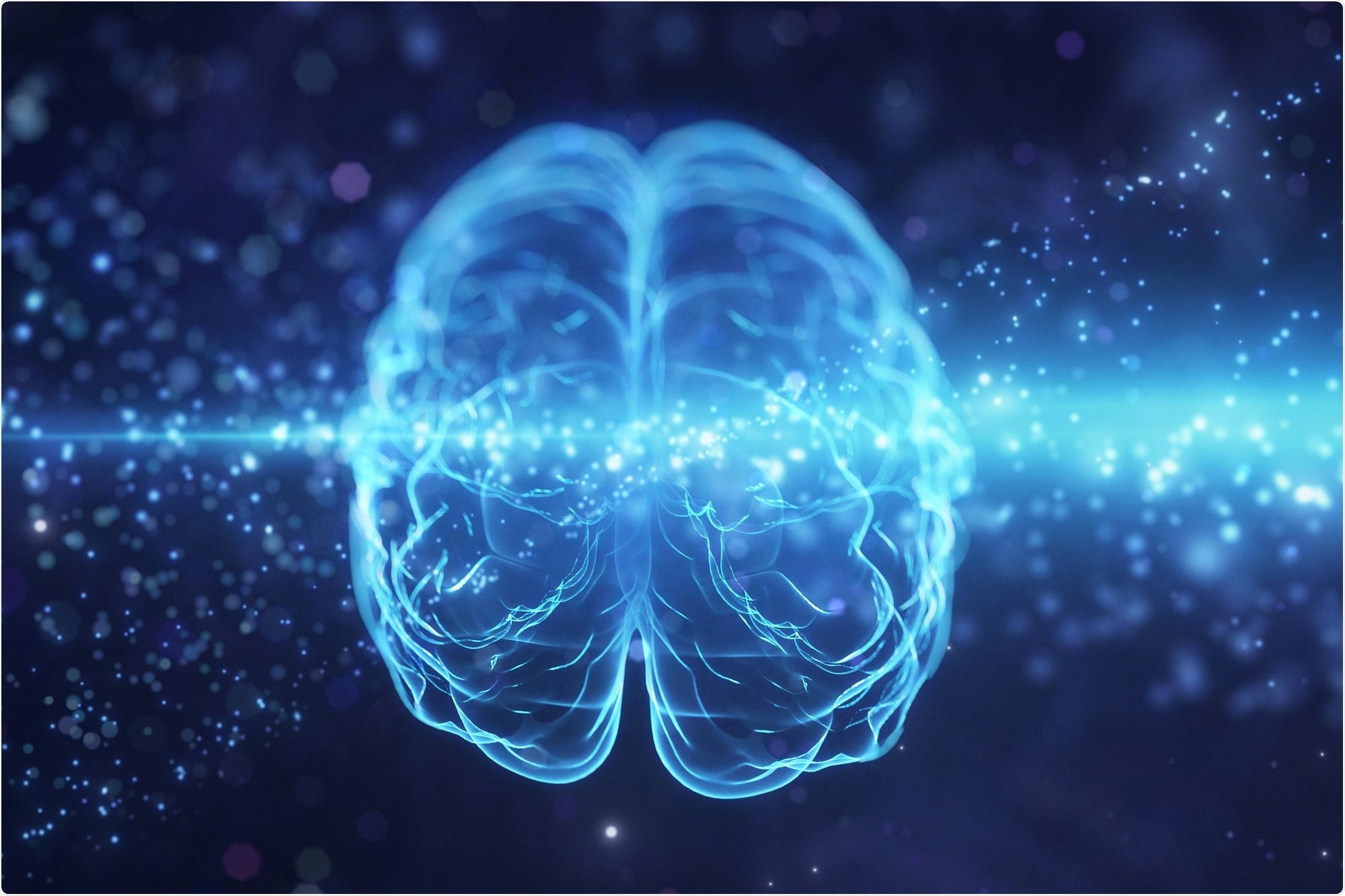Genetic variations of a neuro-associated gene termed SPTBN1 have been revealed to cause a neurodevelopmental disorder, according to Mayo Clinic researchers.

Image Credit: Mayo Clinic.
The discovery, which was published in Nature Genetics, is a first step in identifying a viable therapy method for this problem, and it adds to the growing list of genes linked to conditions that impact how the brain works.
The gene can now be included in genetic testing for people suspected of having a neurodevelopmental disorder, which may end the diagnostic odyssey these people and their families have endured.”
Margot Cousin, PhD, Study Lead Author and Translational Genomics Researcher, Center for Individualized Medicine, Mayo Clinic
Researchers looked at disease-causing variants of the SPTBN1 gene in 29 people with clinical neurodevelopmental symptoms like language and motor delays, intellectual disability, autistic features, seizures, behavioral and movement abnormalities, and variable dysmorphic facial features for the global study, which was done in collaboration with The University of North Carolina at Chapel Hill.
The scientists discovered a total of 28 distinct variations. According to Dr. Cousin, the majority of the genetic variations in the affected patients were not inherited but rather happened spontaneously.
We showed through multiple different model systems, including computational protein modeling, human- and mouse cell-based systems, patient-derived cell systems, and in vivo mouse studies, the impact the variants have on the function of the protein encoded by the SPTBN1 gene.
Margot Cousin, PhD, Study Lead Author and Translational Genomics Researcher, Center for Individualized Medicine, Mayo Clinic
“I had a hunch this gene was the answer for these patients, but it wasn't until we accrued and studied more patients with variants in SPTBN1 that we could see how the variants had damaging effects on the protein and we could begin putting the story together,” added Cousin.
The SPTBN1 gene produces beta-two spectrin, a protein that is widely expressed in the brain and other regions of the body. Beta-two spectrin is required for the growth and connectivity of the brain, as it forms protein networks within cells.
Interestingly, some of the variants behave very differently than the others, where some make the beta-two spectrin protein unstable and some disrupt its ability to make important interactions with other proteins. But these differences in functional effects helped to explain the clinical variability we were observing in the patients.”
Margot Cousin, PhD, Study Lead Author and Translational Genomics Researcher, Center for Individualized Medicine, Mayo Clinic
The work also highlights the difficulties of rare illness genomics, as many neurodevelopmental diseases go misdiagnosed in the current medical system. Dr. Cousin, on the other hand, is optimistic that the tide is turning.
“Advances in genome sequencing and our ability to interpret the enormous amount of data we generate with various types of ‘omic’ technologies has led to increases in the discovery of novel disease-causing genes. But rigorous studies encompassing the clinical manifestations of affected people and the underlying mechanism of disease are often critical to solidifying a new gene-disease relationship,” said Dr. Cousin.
Gene detection, genomics; messenger RNA, transcriptomics; proteins, proteomics; and metabolites, metabolomics are all examples of omics technologies. Dr. Cousin underlines that bringing this genetic discovery to light took a lot of patience.
“The clinical variability we observed in people early on was not very compelling that this could be a single genetic condition. The gene, however, had many of the hallmarks of a rare monogenic disease gene, including that the normal population doesn't have variation in SPTBN1, other spectrin genes cause neurological syndromes, and mouse studies completely lacking the protein have severe defects,” explained Dr. Cousin.
The cell-based and animal models created in the study, according to Dr. Cousin, will continue to be important in furthering the understanding of disease mechanisms and testing prospective therapeutic options.
“While there is not yet a specific treatment available for people affected by SPTBN1-associated disease, we can now provide patients with an answer to the root cause of disease, which is the most important first step toward finding a cure,” concluded Dr. Cousin.
Source:
Journal reference:
Cousin, M. A., et al. (2021) Pathogenic SPTBN1 variants cause an autosomal dominant neurodevelopmental syndrome. Nature Genetics. doi.org/10.1038/s41588-021-00886-z.